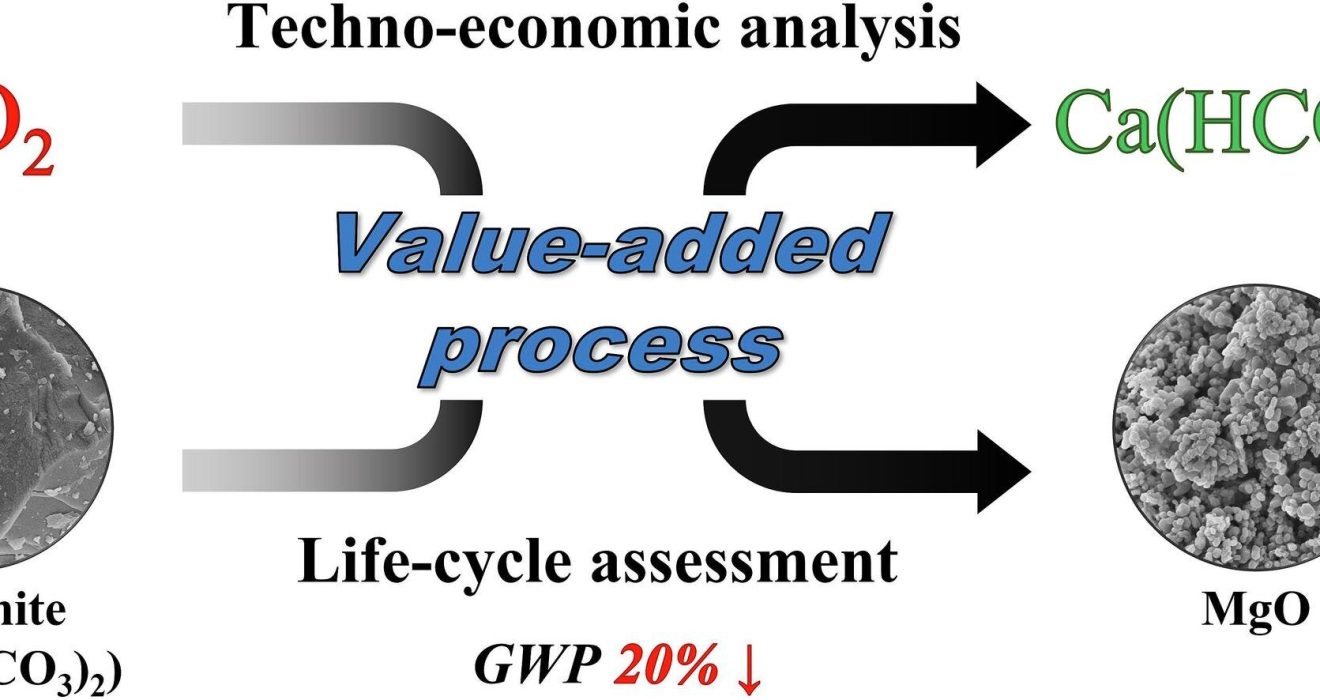In the relentless pursuit of sustainable solutions to combat climate change, researchers have reached a significant milestone in the quest to mitigate carbon dioxide emissions. Delving into the realm of nanotechnology, a team of scientists from McMaster University and the Danish Technical University has uncovered the intricate workings of an electrochemical process capable of converting carbon dioxide waste into valuable products. This breakthrough promises to revolutionize recycling on a scale never before imagined, offering a glimmer of hope in the battle against environmental degradation.
The implications of this discovery are profound. Not only does it provide a mechanism to reduce carbon dioxide emissions at their source, but it also offers a means to repurpose this greenhouse gas into useful resources. By harnessing the power of nanotechnology, researchers have unlocked a pathway towards a more sustainable future, where waste is transformed into opportunity.
Moreover, the potential applications of this technology extend far beyond carbon dioxide conversion. By understanding and manipulating chemical reactions at the nanoscale, scientists are paving the way for innovations in various fields, from renewable energy production to advanced materials science.
As we stand on the cusp of a new era in environmental stewardship, the significance of this breakthrough cannot be overstated. It underscores the transformative power of scientific inquiry and collaboration in addressing the most pressing challenges of our time.
Understanding the Process: Nanoscale Insights
At the heart of this groundbreaking discovery lies a tantalizing electrochemical process that harnesses carbon dioxide before it disperses into the atmosphere as pollution. Through meticulous research and the utilization of cutting-edge magnification equipment at the Canadian Centre for Electron Microscopy, the team has penetrated the nanoscale dimensions of the chemical reaction. By scrutinizing the conversion process at the billionths of a meter scale, researchers have gained unprecedented insights into how catalysts facilitate the transformation of carbon dioxide into the building blocks of everyday products.
Lead author Ahmed Abdellah, alongside his colleagues, has pioneered techniques enabling the observation of these intricate processes. Employing an electrochemical reactor small enough to operate under electron microscopes, Abdellah has ushered in a new era of understanding. This groundbreaking approach has allowed researchers to examine the structural evolution of catalysts, unraveling the mysteries of their behavior under operating conditions.
Identifying Bottlenecks: Challenges and Opportunities
Despite the promise inherent in this electrochemical process, significant hurdles impede its widespread adoption on an industrial scale. Synthetic materials designed to catalyze carbon dioxide conversion exhibit rapid degradation, rendering them impractical for large-scale implementation. Understanding the root causes of this breakdown is paramount to unlocking the full potential of the technology.
Through their research, the team has pinpointed the critical factors contributing to catalyst instability. Structural changes occurring at the nanoscale dictate the efficiency and durability of these materials. By elucidating the mechanisms driving degradation, researchers aim to develop strategies to enhance operational lifetimes and catalytic efficiency.
Pioneering Applications: From Waste Streams to Commercial Viability
Industries generating high volumes of carbon dioxide waste, such as cement manufacturing and chemical refineries, stand poised as the initial beneficiaries of this transformative technology. By capturing and repurposing readily retrievable carbon dioxide, these sectors can significantly reduce their environmental footprint while simultaneously creating value from waste.
Moreover, the potential extends beyond industrial settings, with the tantalizing prospect of harnessing ambient air as a feedstock for fuel and useful chemicals. Although currently a longshot, ongoing advancements in research and development offer hope for the realization of this ambitious vision. As efficiency and durability barriers are progressively overcome, the widespread adoption of carbon dioxide conversion technology inches closer to reality.
The Road Ahead: Collaborative Endeavors and Global Impact
As the scientific community rallies behind the quest for sustainable solutions, collaborative efforts are essential to surmounting remaining challenges. The findings presented by Abdellah, Higgins, and their colleagues serve as a catalyst for further innovation and exploration in the field of carbon dioxide conversion. Armed with newfound knowledge and a shared commitment to environmental stewardship, researchers worldwide are poised to propel this technology from laboratory experimentation to commercial application.
Conclusion
The revelation of the electrochemical process for carbon dioxide conversion marks a pivotal advancement in our quest for sustainability. Through the utilization of nanotechnology, researchers have not only uncovered the intricacies of carbon transformation but have also ignited a beacon of hope in the battle against climate change. As the collective consciousness of the global community gravitates towards environmental stewardship, this breakthrough offers a tangible pathway towards a greener future.
By repurposing carbon waste into valuable resources, we not only mitigate the harmful effects of greenhouse gas emissions but also foster innovation and economic growth. As we stand on the precipice of unprecedented environmental challenges, the potential of this technology to reshape industries and mitigate our carbon footprint is profound. With continued collaboration and dedication, we can harness the transformative power of science to forge a brighter tomorrow for generations to come.

